Some strategy games burn bright for a year and then quietly vanish from the conversation. They introduced smart mechanics, ambitious settings, and clever twists that set them apart, yet they slipped through the cracks as bigger franchises took the spotlight. This list looks back at twenty of those standouts that deserve another look from anyone who loves planning, positioning, and pulling off hard won victories.
You will find real time tactics with no base building, grand campaigns that simulate trade and diplomacy, and experimental ideas that still feel fresh today. Whether you favor historical conquest, science fiction skirmishes, or fantasy kingdoms that manage themselves, these games offer deep systems and unique spins you can still explore on modern machines with a bit of tinkering.
Imperialism II: The Age of Exploration
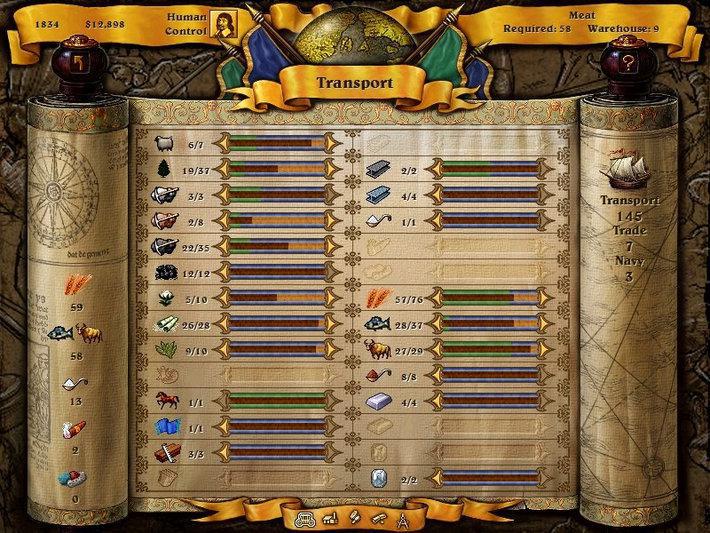 Ubisoft Entertainment
Ubisoft EntertainmentThis turn based classic mixes Old World politics with New World resources. You manage a European power through trade, diplomacy, and careful investment in skilled workers while scouting for raw materials overseas. The economic model makes timber, coal, and iron as vital as cavalry and cannon, so logistics and infrastructure matter from the first turn.
Combat resolves on a separate tactical layer where formations, terrain, and supply decide outcomes more than sheer numbers. Foreign policy is just as important since treaties, tech trades, and marriages can open markets or secure fronts while you develop ports and rail to feed your growing industry.
Seven Kingdoms
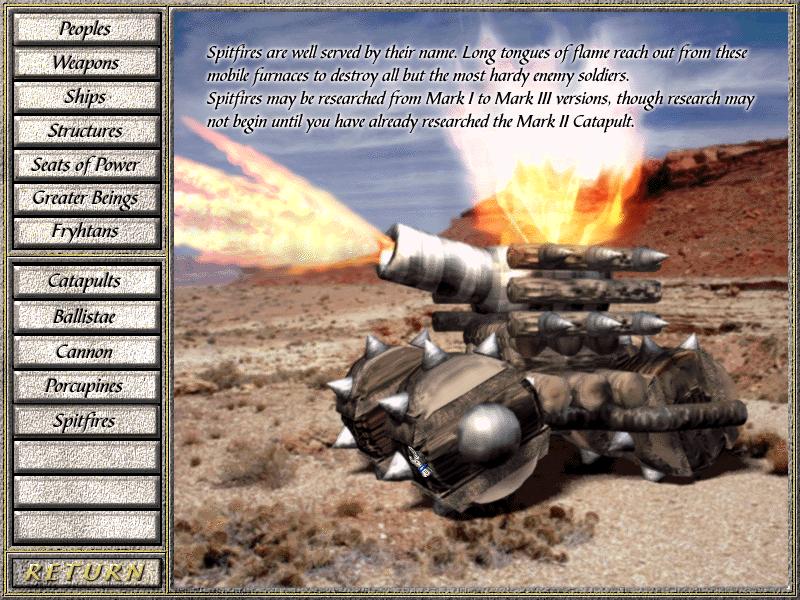 Interactive Magic
Interactive MagicSeven Kingdoms blends real time battles with a deep diplomacy and espionage model. Your economy runs on recruited citizens who bring cultural loyalty, so conquering towns requires political finesse as much as military might. Spies can infiltrate enemy settlements, incite rebellion, or steal research if you invest in training and cover.
Leaders gain skills and can switch sides if their morale or loyalty drops, which makes pay, culture, and fair treatment part of your strategy. The trade system prices goods dynamically, so setting up caravan routes and protecting them can be as profitable as taking territory.
Kohan: Immortal Sovereigns
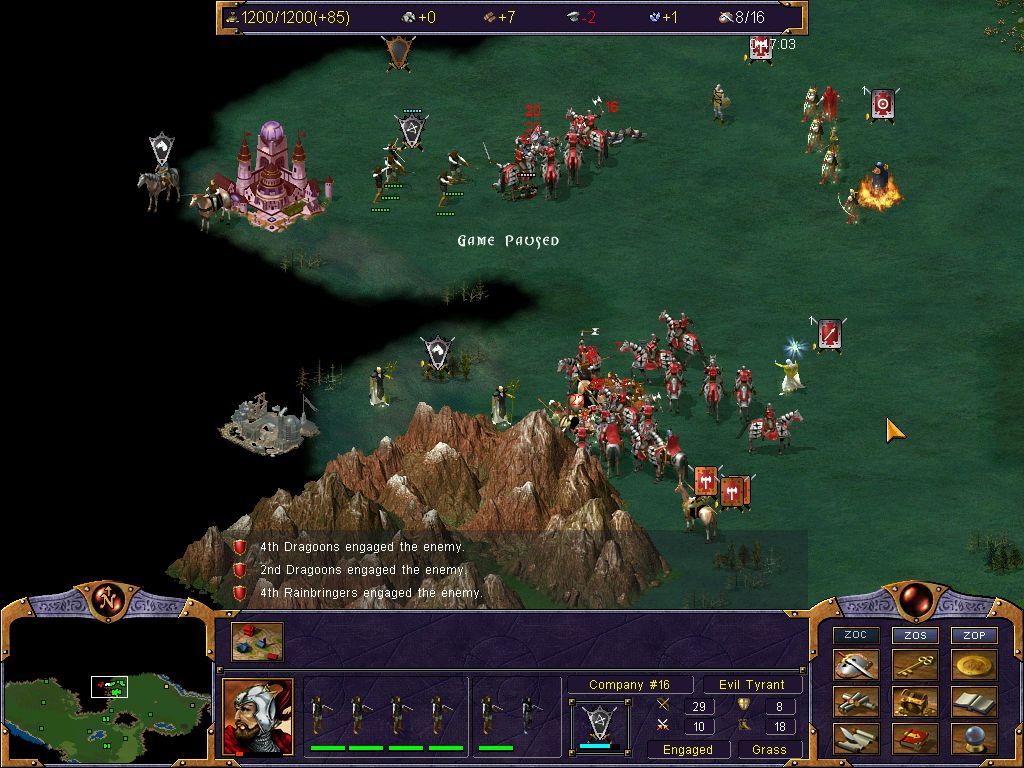 TimeGate Studios
TimeGate StudiosKohan replaces peon micromanagement with company based armies that handle their own supply and reinforcement when stationed in friendly zones. You design companies by choosing a core unit and two supports, which creates flexible templates for frontline, skirmish, or siege roles. Morale and cohesion encourage formation play and reward steady advances.
Cities provide economic roles and regional control instead of long build queues. Resources flow into a national pool and upkeep costs push you to balance expansion with stability, so every new company or settlement must be justified by income and supply lines.
Battle Realms
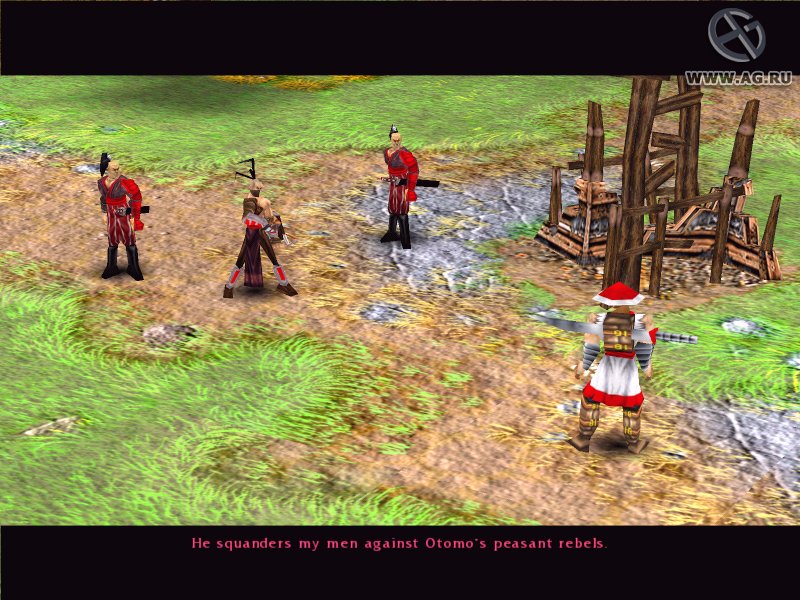 Ubisoft Entertainment
Ubisoft EntertainmentBattle Realms focuses on small, expressive armies and territory control through rice paddies and water sources. Peasants are your only workers and can be turned into soldiers by sending them to specific buildings, which keeps your economy and army growth tightly linked. The terrain matters since harvesting and paths affect travel and vulnerability.
The yin and yang system powers battle abilities and acts as a comeback mechanic through smart engagements. Each clan has distinct unit chains and stances that add tactical depth, while structures and upgrades support aggressive map play rather than turtling.
Ground Control
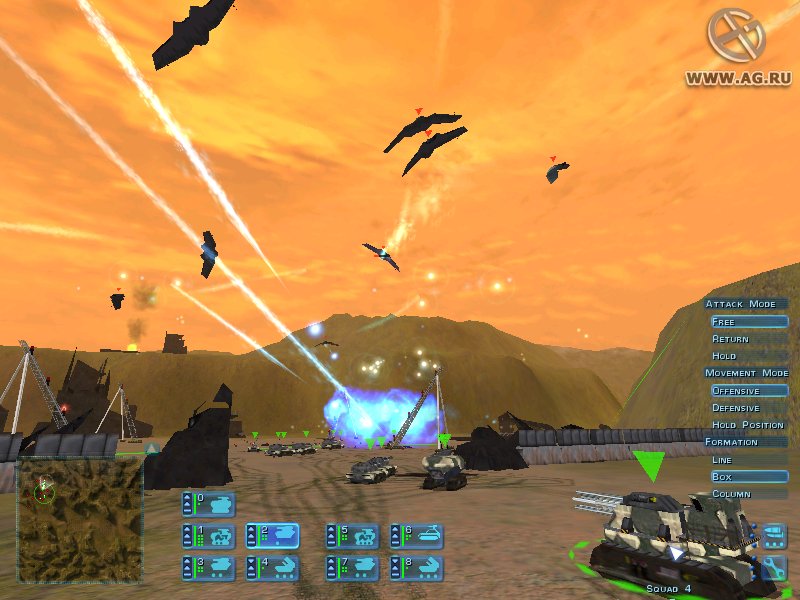 Sierra On-Line
Sierra On-LineGround Control is real time tactics with no base building and no resource harvesting. You deploy prebuilt squads from dropships and rely on positioning, line of sight, and elevation to win engagements. Camera control and terrain matter for ambushes and hull down armor use, so scouting and combined arms are essential.
Unit veterancy and limited reinforcements make losses meaningful. The campaign’s mission variety pushes different compositions and forces you to adapt, using artillery, air support, and specialized infantry to break fortified lines without a traditional economy.
Warzone 2100
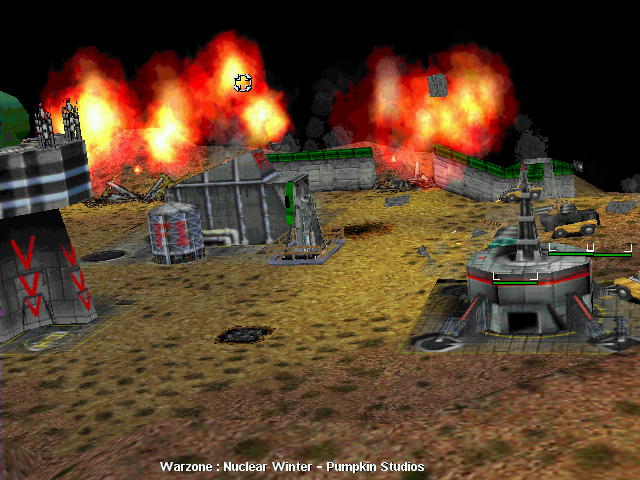 Eidos Interactive
Eidos InteractiveWarzone 2100 centers on a powerful design lab where you assemble tanks and aircraft from chassis, propulsion, and weapon modules. Research branches into hundreds of upgrades that unlock new combinations, and the logistics system encourages mixed arms to counter evolving threats. Sensors and counterbattery options make reconnaissance a constant priority.
Missions chain together with persistent forces and carryover tech. The terrain includes cliffs, oil resources, and choke points that shape your approach, while artillery duels and radar cover create a layered battlefield beyond simple rush tactics.
Perimeter
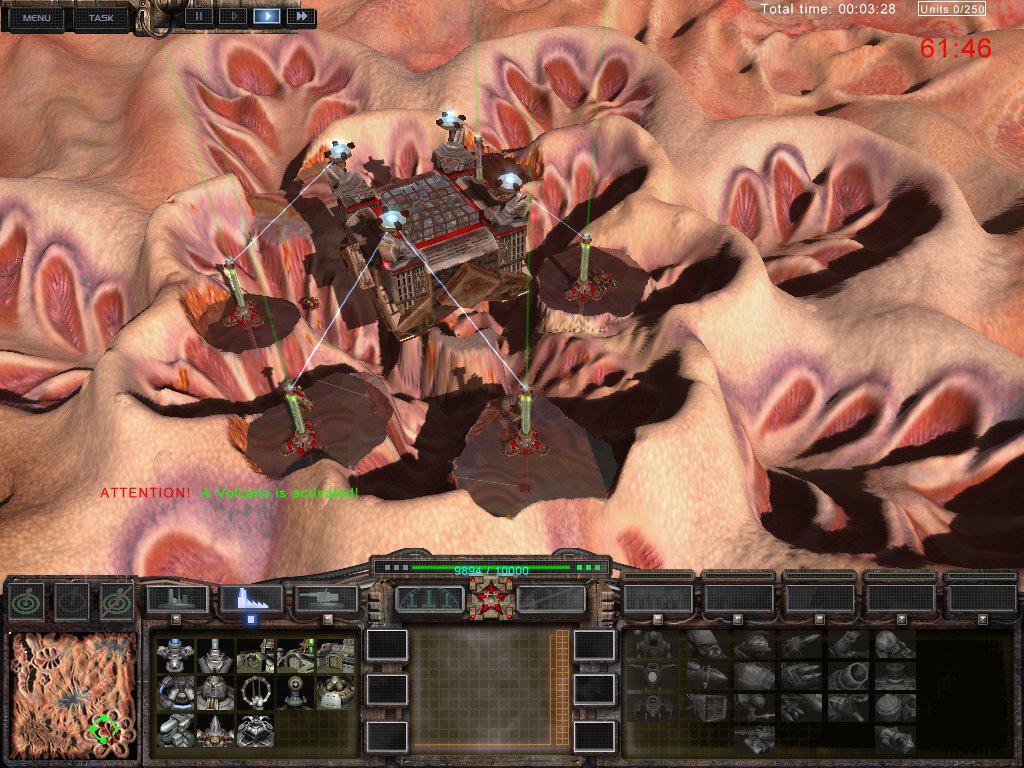 1C Company
1C CompanyPerimeter’s key idea is terraforming the map to shape defenses and power flow. You raise and lower ground to route energy to buildings and strengthen your perimeter shield that can absorb incoming fire. Units are morphable squads that transform into different roles on the fly, which lets you adapt to threats without retreating to a base.
Energy nodes and converters create a network you must expand carefully. Overextending drains power and weakens your shield, so forward bases and terrain sculpting become strategic choices that redefine the map as the match progresses.
Metal Fatigue
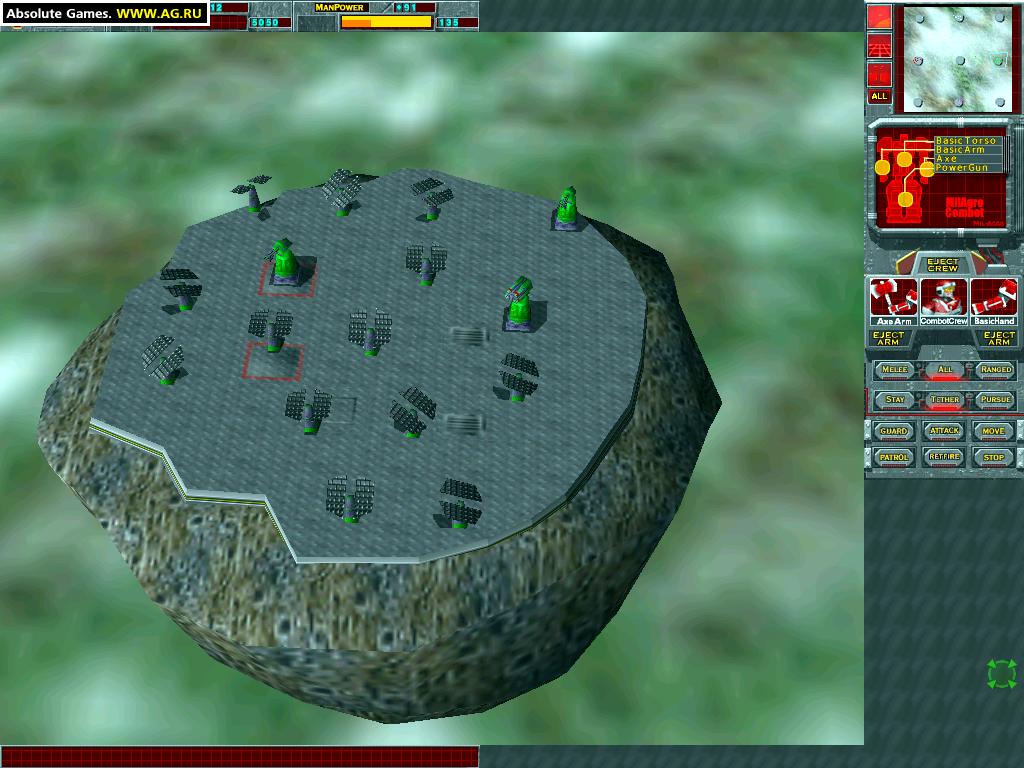 Nightdive Studios
Nightdive StudiosMetal Fatigue adds a three layer battlefield with surface, air, and underground zones. You command customizable giant robots called Combots that can swap arms, torsos, and legs during play, even salvaging enemy parts to upgrade mid mission. Each layer has different choke points and objectives, which keeps fights dynamic.
Traditional units and bases support the Combots, but the salvage and modular system drive most decisions. Heat management, power capacity, and part synergies reward experimentation, while tunnels and subterranean factories open flanking routes that bypass surface defenses.
NetStorm: Islands at War
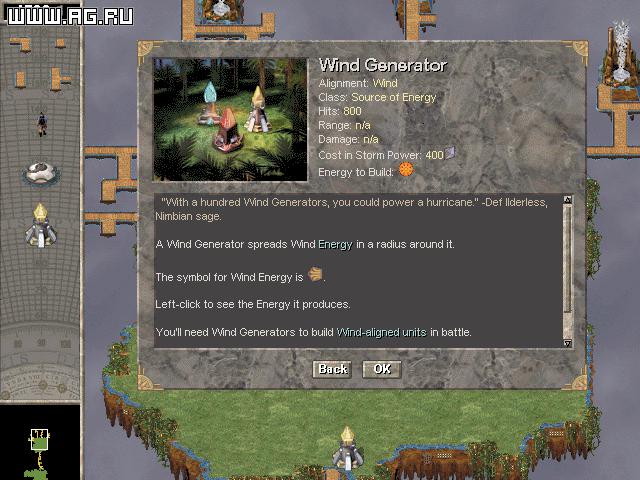 Activision Blizzard
Activision BlizzardNetStorm takes place on floating islands where you build bridges tile by tile to reach enemies and neutral shrines. There are no mobile units in the usual sense since combat is handled by stationary temples that fire projectiles or apply effects across lanes. Placement and bridge geometry determine both offense and defense.
Capturing enemy priests allows unit upgrades and sacrifices that unlock new structures. The economy uses harvested energy from storms, so timing expansions between weather events is critical. Matches become puzzles of pathing, coverage, and timing rather than unit micro.
Moonbase Commander
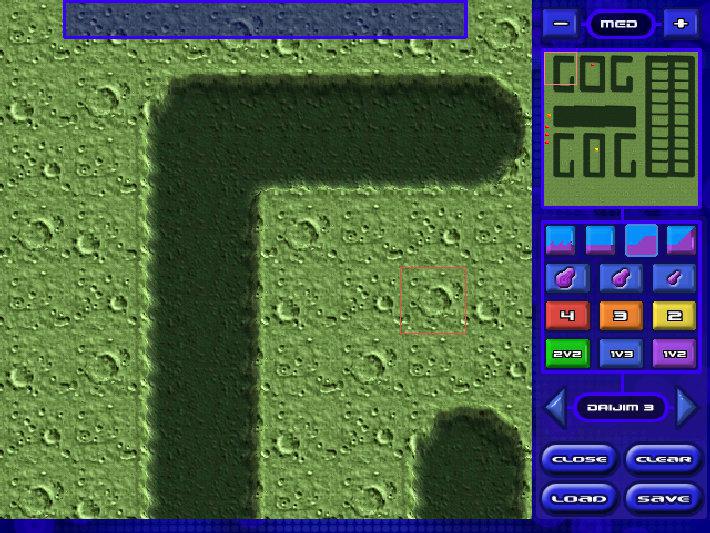 Rebellion
RebellionMoonbase Commander is a turn based artillery and base expansion game wrapped into one system. You tether each new structure to an existing node, which creates a vulnerable chain you must protect while pushing toward resources and enemy territory. Power management and placement decide whether your network survives enemy strikes.
Attacks use physics based arcs with wind and terrain affecting shots. You balance offensive volleys with building shields, collectors, and radar to maintain income and map awareness. The simple rules produce tight tactical turns that reward planning.
Praetorians
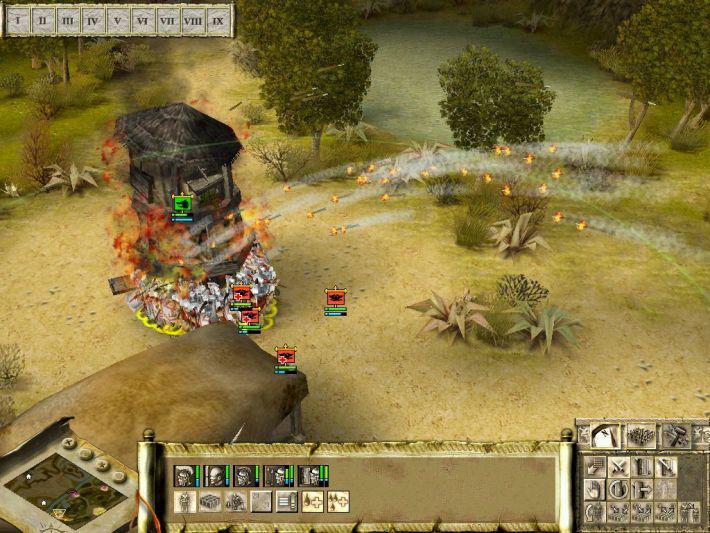 Merge Games
Merge GamesPraetorians focuses on formation tactics in open fields rather than city building. Infantry types have interlocking roles with anti cavalry, skirmish, and siege specialists, and morale swings with flanking and presence of commanders. Terrain like forests and hills offer ambush and line of sight advantages.
Conquest relies on taking villages and using garrisons to secure supply. The campaign and skirmish modes teach combined arms with limited unit rosters, so success comes from positioning, stance changes, and capturing key points rather than spamming recruits.
Celtic Kings: Rage of War
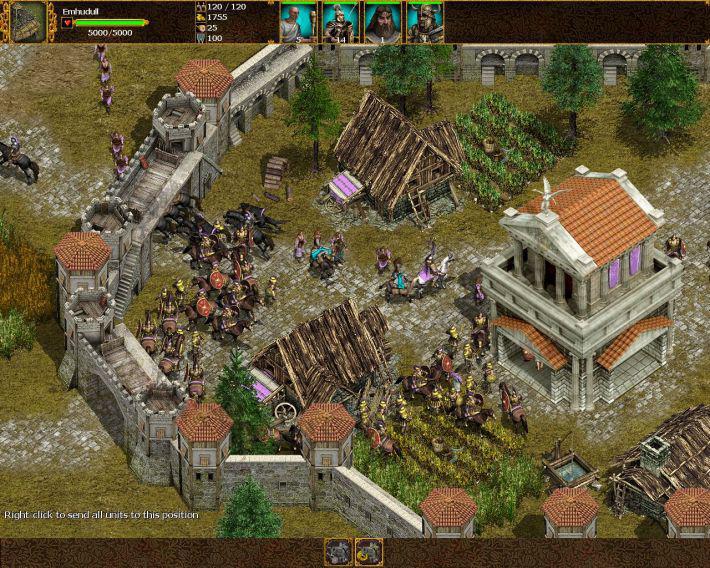 Haemimont Games
Haemimont GamesCeltic Kings mixes role playing progression with real time strategy engagements. Hero units gain levels and carry artifacts that influence nearby troops, while villages and trade routes supply your armies without intricate build orders. Movement speed and fatigue make marches and rest cycles part of your planning.
Supply carts and captured depots determine how long forces can stay in the field. Naval crossings and road networks open flanking paths, and loyalty mechanics in settlements can reduce resistance if you prepare with diplomacy and gifts before an assault.
Original War
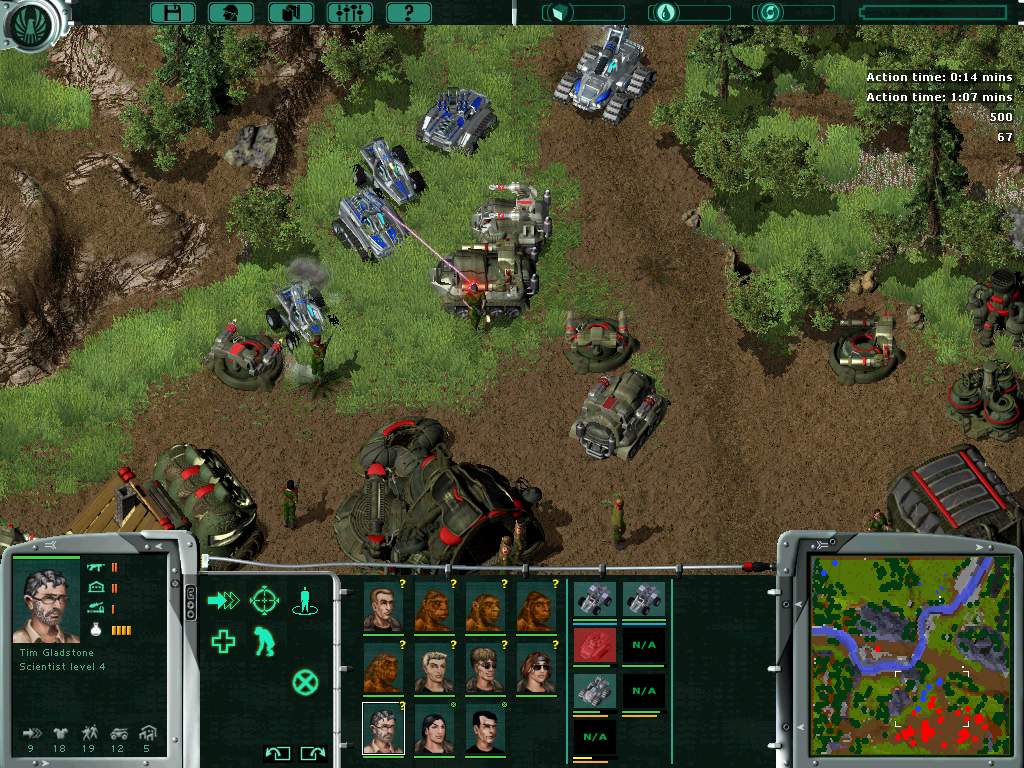 Bohemia Interactive
Bohemia InteractiveOriginal War uses a finite pool of human specialists instead of endless recruits. Every soldier, engineer, scientist, and mechanic is irreplaceable, which makes casualties permanent setbacks for your tech and logistics. You can reskill characters at facilities, but time spent retraining trades off against mission tempo.
The story shifts fronts and factions with unique tech trees powered by alien Siberite. Vehicles are assembled from modular parts and require qualified crew to operate. Ambushes, supply trucks, and salvage drive a campaign where preservation and planning eclipse rush tactics.
American Conquest
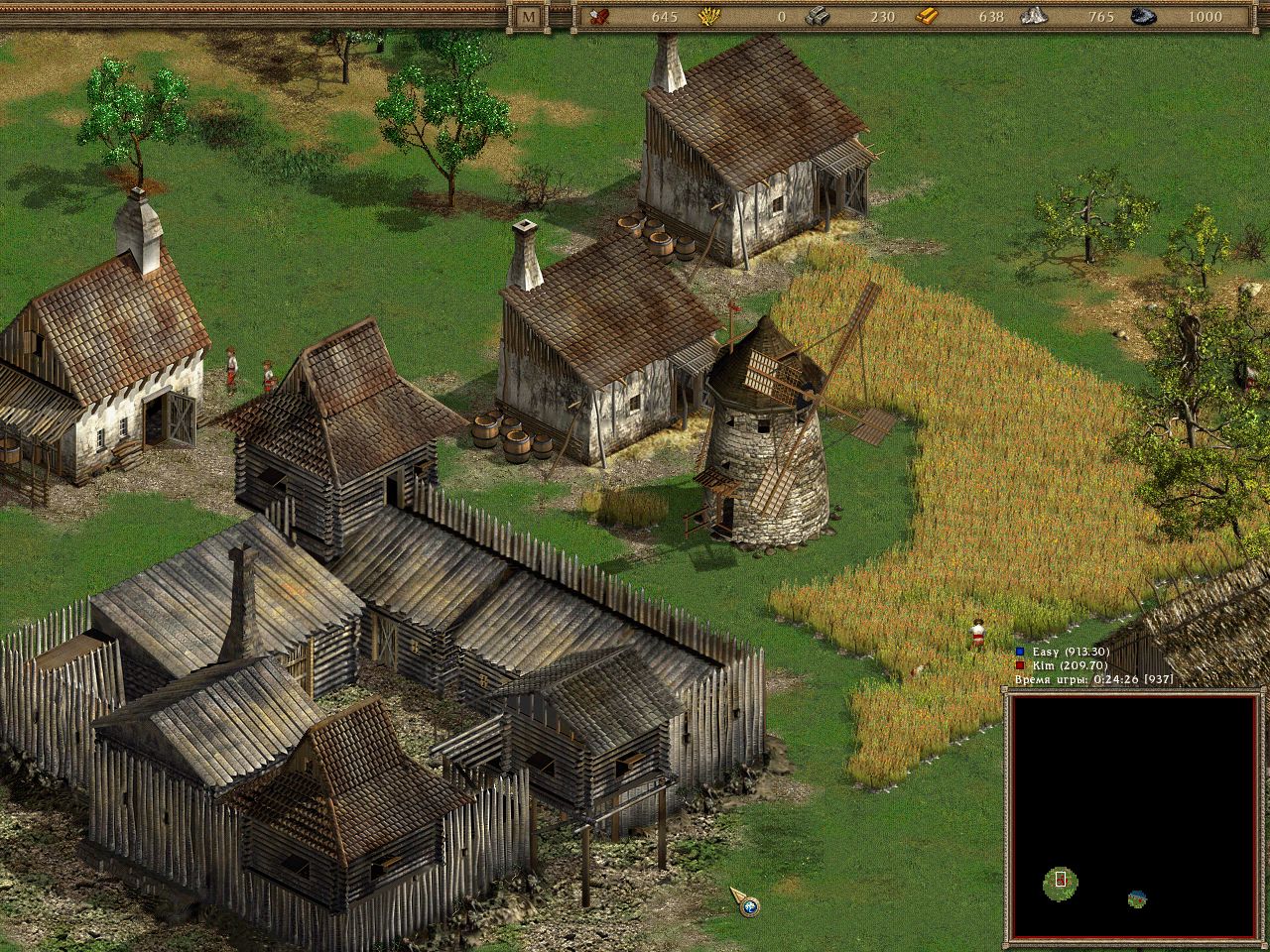 GSC World Publishing
GSC World PublishingAmerican Conquest stages massive battles across the colonization of the Americas with formations that can number in the thousands. Units have morale and fatigue and require officers and drummers to hold the line, which makes command structure a resource you must protect. Buildings consume peasants to spawn troops, so economy and recruitment compete directly.
Fortifications, blockhouses, and artillery shape sieges while scouts and cavalry raid supply. Nations have subtle differences that change opening moves, and capturing enemy cannons or settlers can flip advantages quickly in extended wars.
Conquest: Frontier Wars
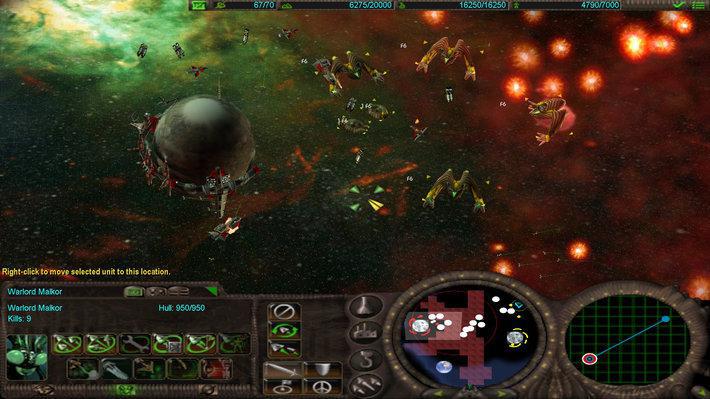 Descendent Studios
Descendent StudiosConquest: Frontier Wars links star systems through fixed warp points and adds supply ships as the lifeblood of fleets. Capital ships and fighters fight efficiently only when stocked, so raiding supply lines can cripple a superior opponent. Admirals provide bonuses and can command independently to reduce micromanagement.
Three factions bring distinct doctrine and technology that alter fleet compositions and tactics. System control requires building command platforms and sensor nets to manage fog of war, and coordinated multi system offensives test timing and logistics.
Emperor of the Fading Suns
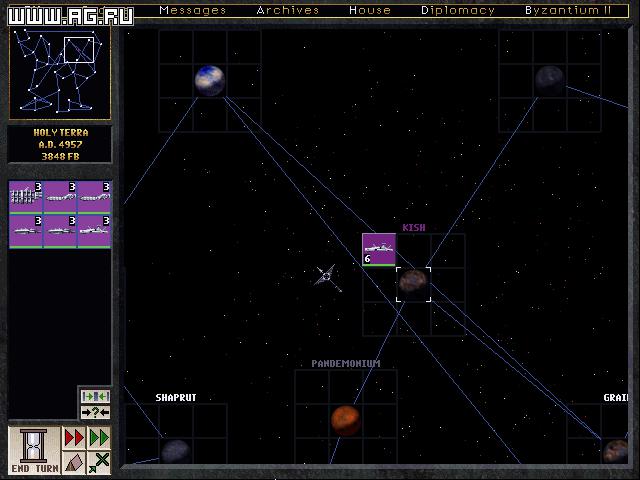 SEGA
SEGAEmperor of the Fading Suns is a grand strategy game of noble houses competing across a decaying galactic empire. It combines planetary invasions, interstellar trade, and church and guild politics with an emphasis on feudal vassals and relics. Technology progresses slowly, so relics and artifacts can swing wars more than incremental upgrades.
Planets feature hex based maps with terrain, infrastructure, and city development. Starports, jump lanes, and blockades create strategic choke points, while diplomacy with the church and merchant guilds opens or closes vital routes and votes in imperial councils.
Majesty: The Fantasy Kingdom Sim
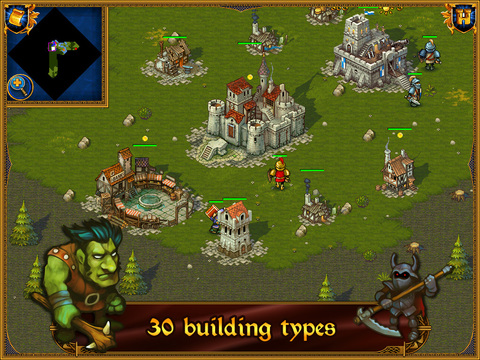 HeroCraft
HeroCraftMajesty flips the usual control scheme by making heroes independent agents who accept quests for rewards. You set bounties on exploration, monster lairs, or defense targets, and adventurers decide whether to take the job based on payment and risk. This system turns gold into a policy tool rather than a build speed lever.
Economy flows through tax collectors and marketplaces that attract thieves and heroes. Guard houses, inns, and temples influence which heroes settle and what abilities they bring, so city layout indirectly shapes your defensive web and quest completion rates.
Startopia
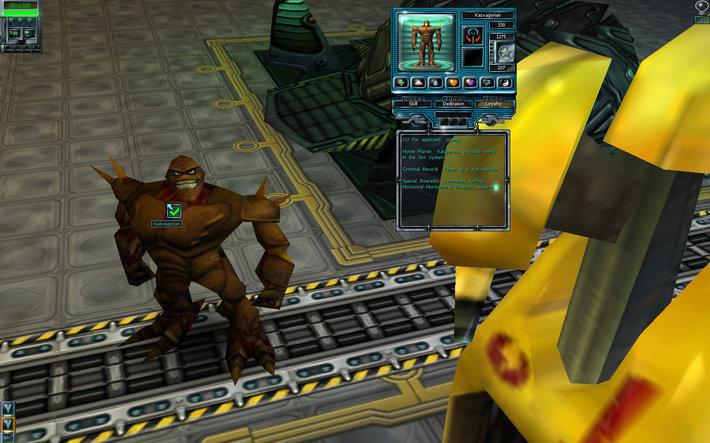 Square Enix
Square EnixStartopia puts you in charge of a derelict donut shaped space station with three decks for industry, habitat, and biosphere. You recruit alien staff with different needs and skills, then lay out clinics, security, and entertainment to keep visitors paying and workers productive. The circular map creates natural traffic loops that reward smart zoning.
Competition and occasional raids require defensive planning, while research and trade link your station to a wider economy. The biosphere deck grows crops and rare plants that feed food chains and produce goods, tying ecology to profit and station prestige.
Dark Reign: The Future of War
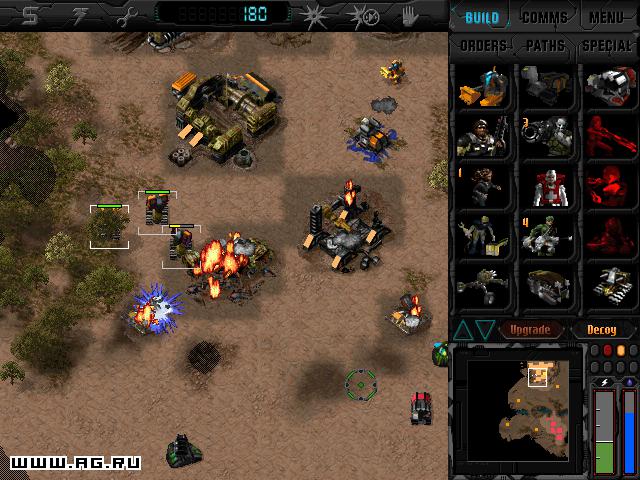 Activision Blizzard
Activision BlizzardDark Reign introduced advanced pathfinding options and powerful customizable AI stances. You can assign pursuit rules, ambush zones, and retreat thresholds that let units react intelligently without constant orders. The resource model splits water and taelon, which pushes expansion into contested zones and encourages stealth extraction.
The map editor and scenario tools helped the game support varied objectives beyond base annihilation. Sensor jammers, stealth units, and mobile depots create layered cat and mouse play where information control is as valuable as heavy armor.
Birth of the Federation
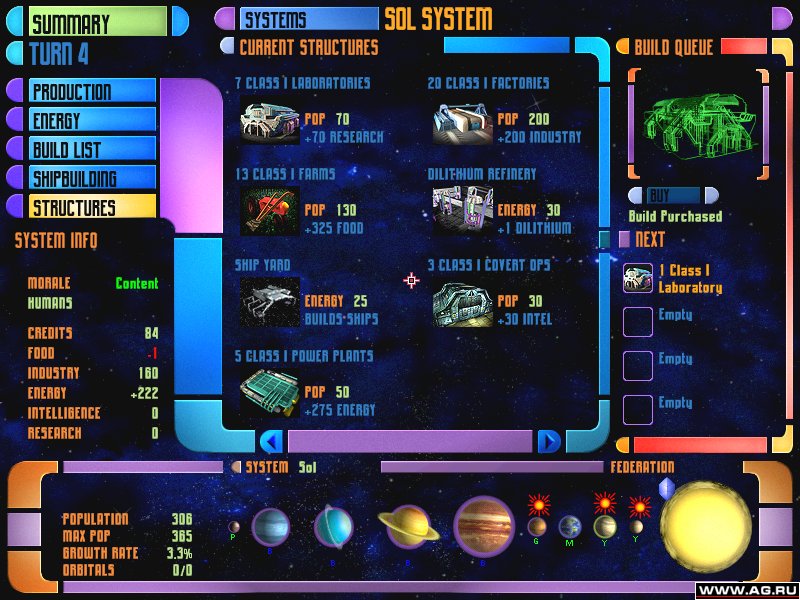 Hasbro Interactive
Hasbro InteractiveBirth of the Federation is a turn based 4X set in a well known science fiction universe that focuses on diplomacy and empire management. Major powers negotiate treaties, trade, and membership from minor species who bring unique ships and bonuses when persuaded. Espionage and sabotage allow covert play alongside open alliances and wars.
Star systems develop through infrastructure and morale, and ship design supports balanced fleets that respect treaty limits and logistics. Map exploration and contact timing matter since first impressions with minors can decide whether a region becomes a friendly buffer or a hostile frontier.
Share your own overlooked strategy gems in the comments so everyone can add a few more deep cuts to their backlog.

.jpeg)






















.jpeg)













 English (US) ·
English (US) ·